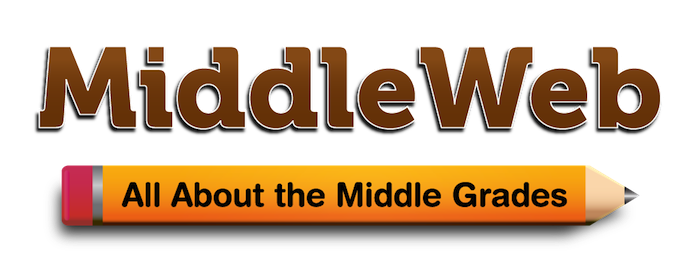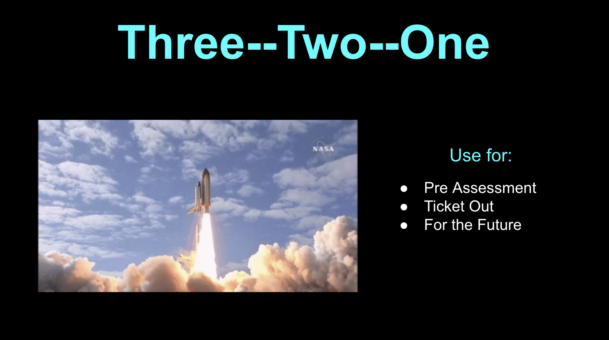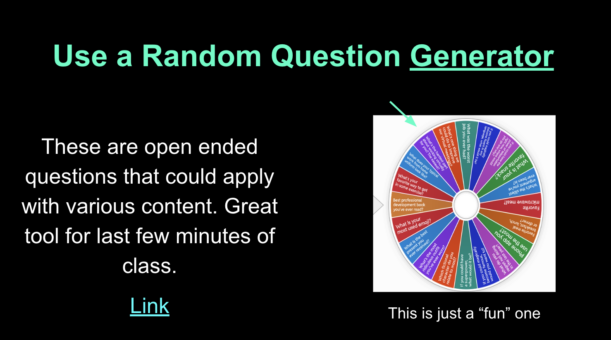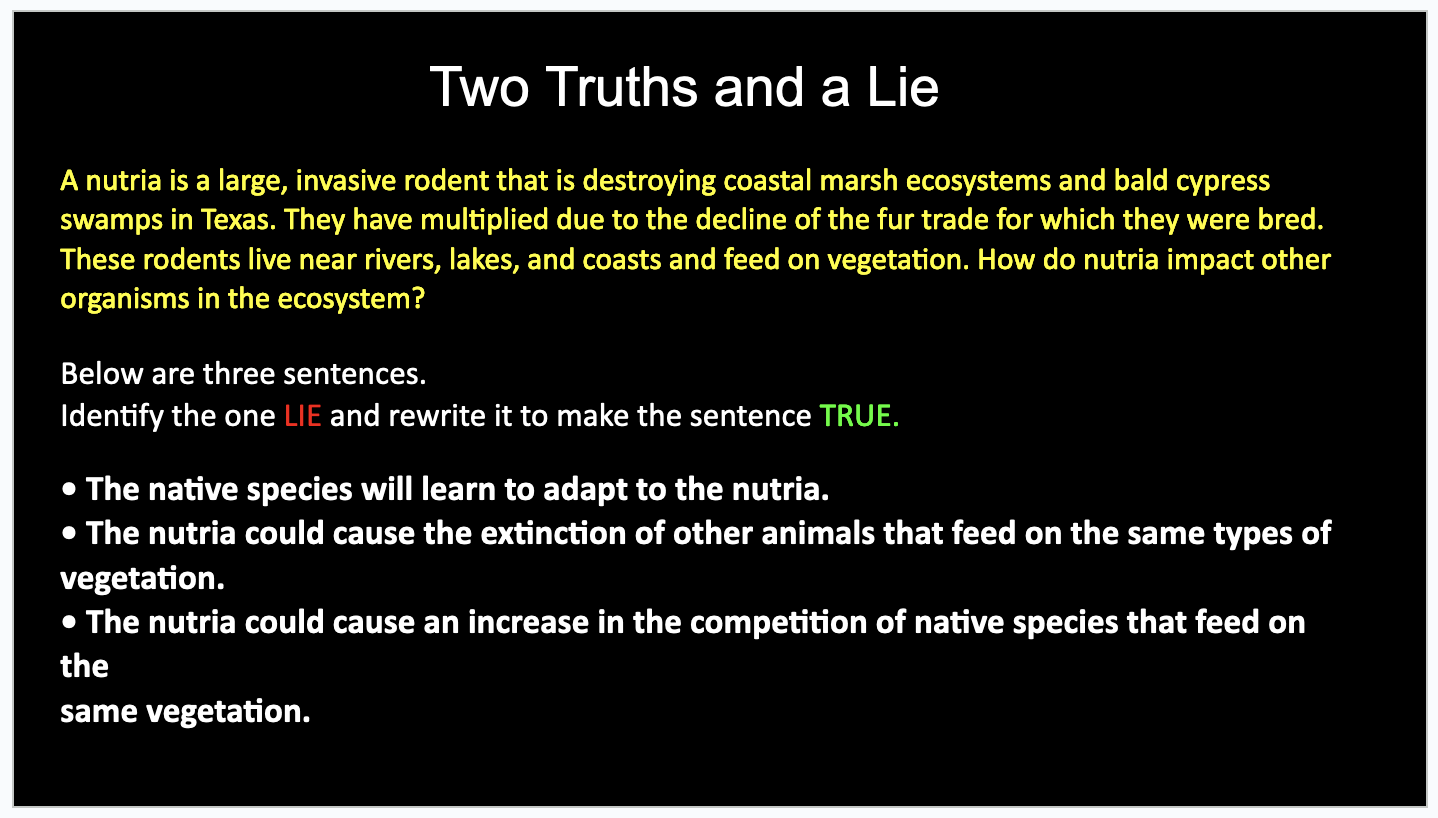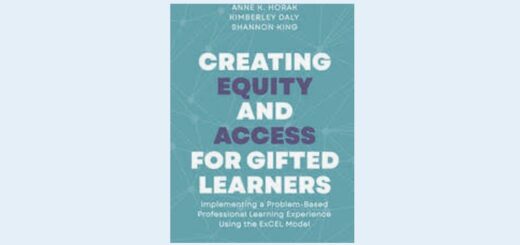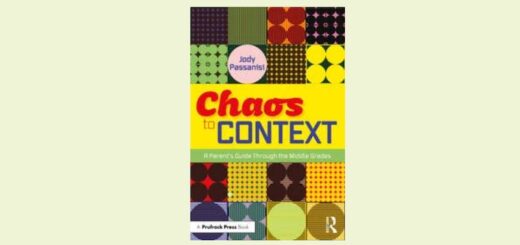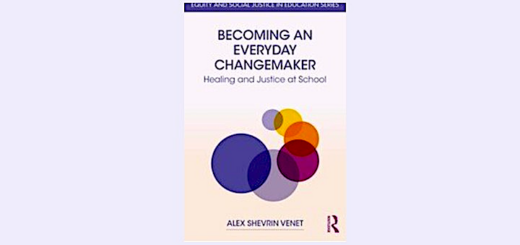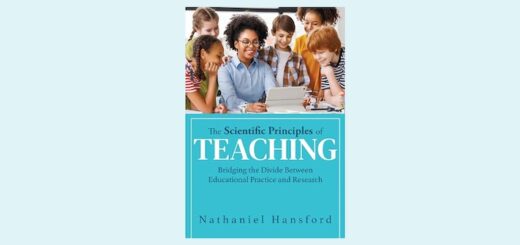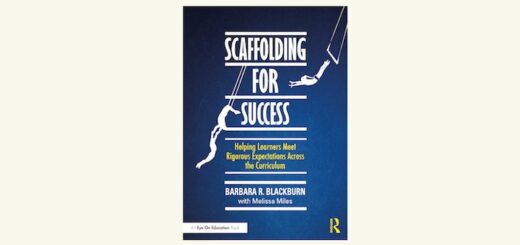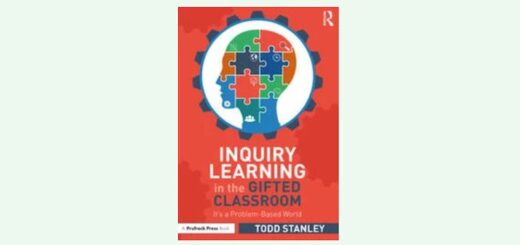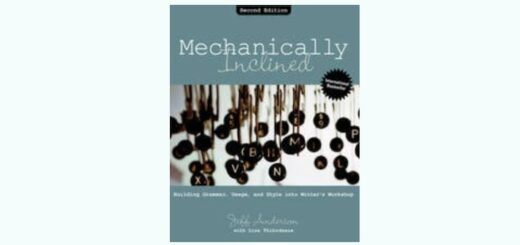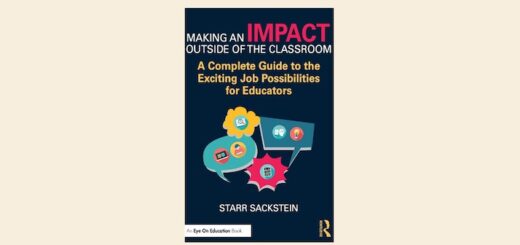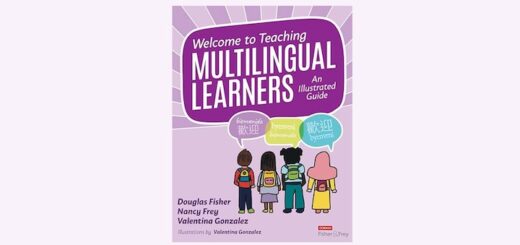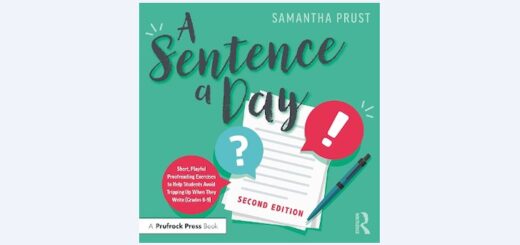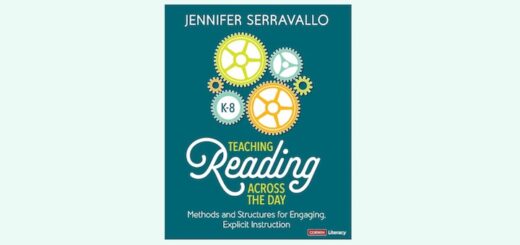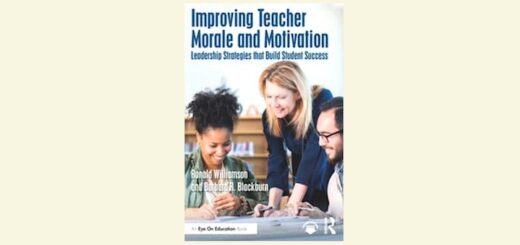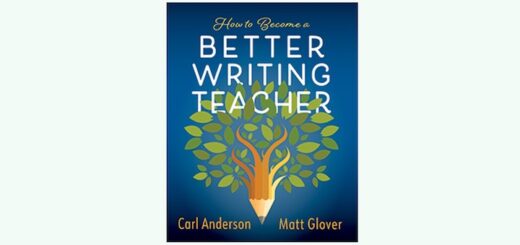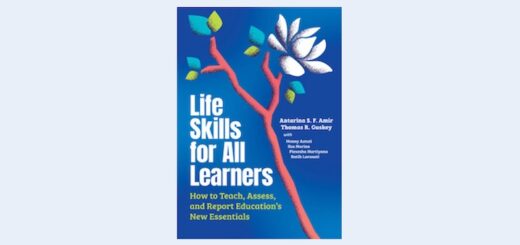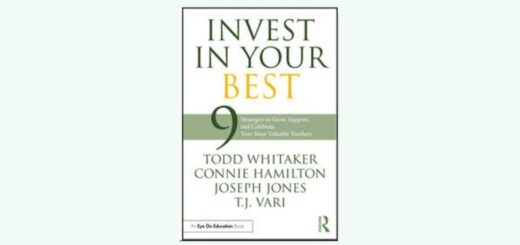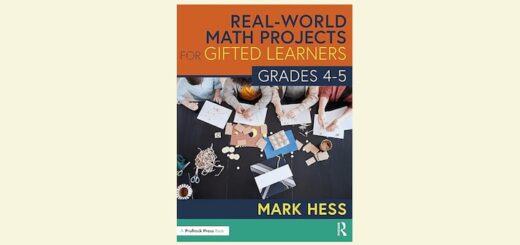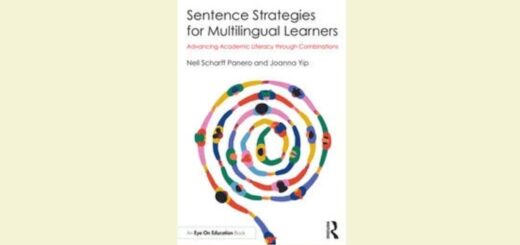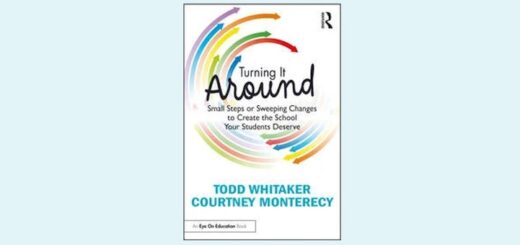Brain Boosting Activities Help Lock In the Learning
By Sharon Ratliff
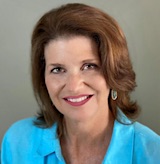 What do you do when your lesson ends and you have extra minutes left over?
What do you do when your lesson ends and you have extra minutes left over?
Many teachers would argue that we should let kids “chill” once our target instruction is completed. I disagree. I think these last few minutes are a golden opportunity to cement learning and increase thinking about a topic.
I think of them like we think about Daylight Saving Time – extra minutes of sunshine that we can use to get something more accomplished.
Lately in my work with teachers and students, I’ve revisited some of my favorite brain-boosting strategies to thwart boredom, capitalize on time management, and spark a yearn to learn. With some preparation, these time-tested strategies can be used at the end of lessons – in any part of a learning cycle – to promote thinking Here are some I have found helpful.
3-2-1
This quick reflection activity is adaptable for any content area. By giving some parameters, you can quickly assess who understands or who is unsure about the content. As an example, if you are teaching about the geography of the Gulf Coast Plains of Texas, students could:
- 3 (Reveal three unique adjectives to describe the Gulf Coast Plains)
- 2 (Give two ways the geography of the Gulf Coast Plains impacted the Karankawa or Atakapa Indian groups).
- 1 (State 1 influence of sediment depositing in the Gulf Coast Plains)
The 3-2-1 brain boost employs reverse psychology. After all, making a 3-2-1 list does not seem as daunting as asking students to write a paragraph about content. Furthermore, this strategy allows students to think beyond the boundaries.
In our Gulf Coast example, one student’s adjective selection will differ from another student’s descriptive word selection. To extend, students could pair and compare the list with a partner. The pair then finds another pair to form a square where four students decide the best 3-2-1 list to submit for an exit ticket.
WOW and How About?
Want to see where kids are when introducing a new concept or a student’s reflection after researching a topic? Try the Wow and How About Strategy. Wow refers to a fact that surprises you, while How About is designed to get students to think about questions, concerns, or ideas about content.
For example, our 7th-grade science teachers at Tays Junior High had students research marine ecosystems. After their initial research period, the teacher decided to close the period with this strategy and was thrilled at the elevated thinking demonstrated by the students. To capitalize on their findings, she posted some of the Wow’s and How About’s to celebrate the cognitive collaboration.
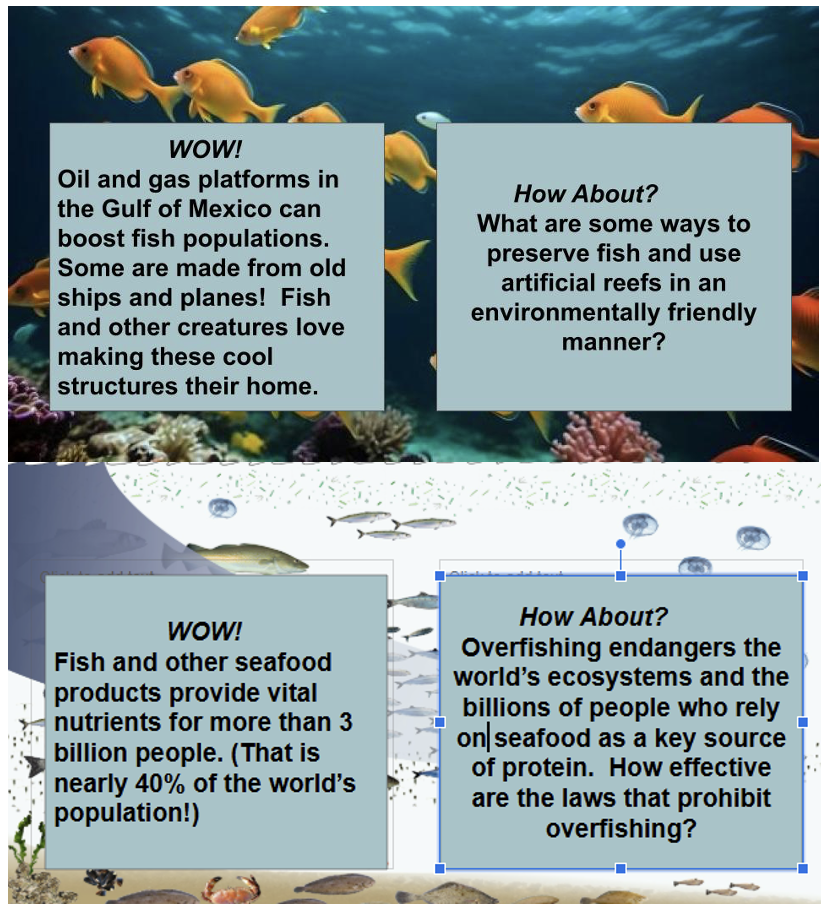
To further show the flexible nature of this strategy, I recently had a group of students preparing for a STEM competition. They were struggling with how to revise their presentation. To get the students to find ways to revise, I followed three steps:
- I recorded this group of students during their rehearsal
- I had them watch the recording.
- I had each team member write a “Wow and How About” and then share their post-it notes.
Implementing this strategy sparked specific, positive conversations among the team. The STEM group then thought of achievable ways to improve their presentation.
Random Question Generator
Scenario: An unexpected drill has halted the magical momentum of a lesson, and students are dragging back into class. To recapture attention or utilize the last few moments of class, try a virtual wheel of general questions to reconnect with the subject matter.
I use flippety.net and have my virtual wheel ready to spin (click on the graphic above, then click on the inverted black triangle). Specifically, Flippity allows teachers to customize and import questions from a Google spreadsheet. With two minutes left of class, pull up your Flippity and spin the wheel to close with a thought-provoking question like:
- Explain how this topic relates to something you’ve already learned…
- What key adjective or verb relates to what we’ve learned today?
- Share an appropriate gesture that relates to a vocabulary word from this topic.
- Summarize the process of _______________in 2 sentences.
These are a few examples of generic questions for any content. Flippety also contains other interactive platforms where students can create content questions about any subject matter. Giving advanced students the autonomy to write content questions encourages them to wrestle with new material.
Two Truths and a Lie
As teachers, we have often used this strategy as an icebreaker at the beginning of the year. Students write down two truths and a lie about themselves. Then, other students guess what the lie is. Employing the strategy of Two Truths and A Lie is excellent for a myriad of material. To demonstrate, a Katy Junior High teacher designed this science example as an entrance ticket. Students had to select the lie and rewrite the lie to state the truth.
You can also try flipping this strategy and have students create the two truths and a lie with any content. When students write about content and think about how they will trick their audience with a false statement, we get the maximum use of this simple strategy. Whenever we encourage students to discern the realities vs. the myths of content, we have students fire up their neuron activity and strengthen their thinking.
Don’t waste those precious learning minutes
We can extend our skills as teachers by using “leftover minutes” and intentional strategies to solidify learning. Instead of letting students take a nosedive into mindless games on screens at the end of the class, use the time to capitalize on the law of experience and entice the learner to want to return for more. Don’t let them miss a golden opportunity to learn.
Works Cited
Cash, Richard M. Advancing Differentiation: Thinking and Learning for the 21st Century. Free Spirit Pub., 2011.
“Think-Pair-Share.” The Teacher Toolkit, https://www.theteachertoolkit.com/index.php/tool/think-pair-share. Accessed 10 March 2025.
Westphal, Laurie E. Ready-to-Use Differentiation Strategies: Grades 6-8. Prufrock Press, 2011.
Sharon D. Ratliff (@sharondratliff) is the Gifted and Talented Facilitator at Tays Junior High and Katy Junior High, in Katy, Texas. Before stepping into the mysterious land of middle school, Sharon taught upper elementary in Texas and Florida, and with the Department of Defense.
Over the past 20 years, Sharon has mentored young teachers, hoping to pass along a love for educating young minds. She enjoys working with all students, developing curricula that emphasizes critical thinking and discovering reading and writing techniques that empower students in real-life applications. See Sharon’s other MiddleWeb articles here.
